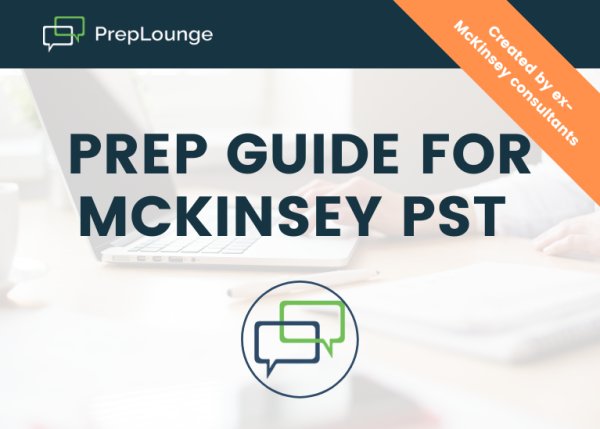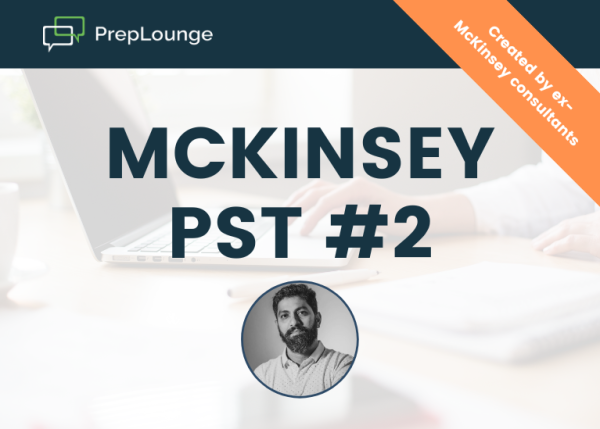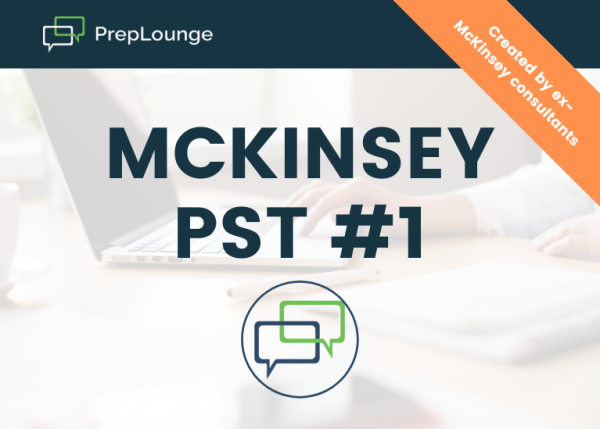Dear [],
I would say your understanding is not as limited as you think!
What you have described are great starting points to rationalising pricing strategies. But I think you could push yourself harder on this one. Don't memorise 'scenario templates' when you go into these conversations. Picture yourself in an actual interview where pricing strategy comes up, and your interviewer asks you what factors might a company consider when approaching pricing strategy.
You mention all three of those listed above, and the consultant asks the dreaded 'What else?'
Be robust! :-)
What are other factors that could lead us to consider pricing strategy:
1) Is there an internal price bundling strategy that might drive new demand for an existing product line?
For example: if we reduce the cost of our cable TV subscriptions by 10%, it might cause a 15% jump in demand for our internet services...
2) Is there a product placement strategy to drive customer traffic regardless of price margin?
For example: if we place small shower gel bottles at cost-price to be visible to external traffic in our mall locations, it might increase internal traffic by x%, and drive sales by y% would which then cost net margins to rise by z%.
3) Is there a customer segmentation strategy to boost the attractiveness of a mass market product to upmarket customers?
For example: if I sell Cider at the corner Bodega for $12, shouldn't I add a considerable mark-up to sell the exact same Cider at duty-free to widen the net to affluent customers who equate price with prestige? $21.50 a bottle, anyone?
4) Is there a sales strategy to maximise sales of units in inventory whose production has been discontinued?
For example: we no longer manufacture the pocketless gymn shorts of which our inventory remains robust. What is the right off-load price to maximise profit without diminishing the brand?
5) Is there a social pressure factor to be aware of as we price our patented products with an aim to quickly re-couping sunk R&D?
For example: should Martin Shkreli really have hiked the price of Daraprim so exponentially? Was there not a compromise between what the public would have accepted and what would still have represented a healthy profit margin?
Of course, I presented the above, in somewhat haphazard fashion, to illustrate the depth of strategies one could consider in a broad array of scenarios.
It is by no means an ordered, or exhaustive list!
In this case, I'm challenging you to think beyond finite lists. What would make the above answer even punchier is to think of categories of strategies (which you began in your original question, well done), try to establish a MECE list of those strategies, and then assigm some of the ideas I mentioned above (and more of your own, of course!) to really do this question further justice.
I trust others will add to this conversation so you may have a well-rounded perspective.












